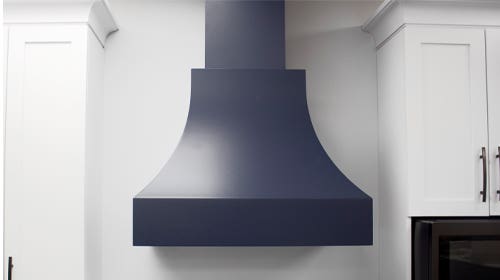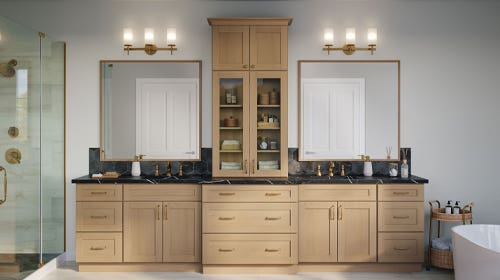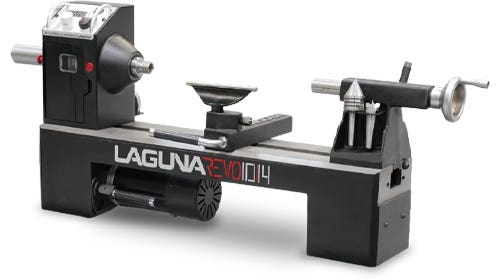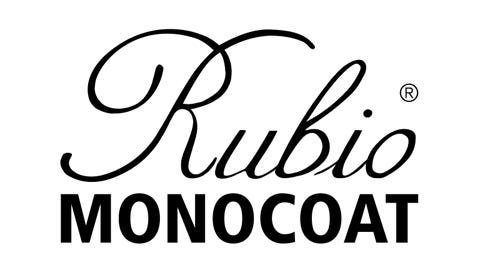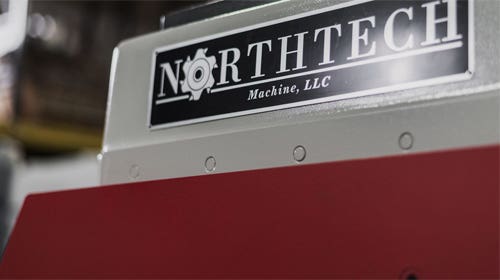Scarce supply drives demand for exotic woods
The market for exotics can be unpredictable. Bubinga, purpleheart, yellowheart and rosewoods were all mentioned as “top sellers” in interviews with hardwood dealers, who try to meet demand as best…
The market for exotics can be unpredictable. Bubinga, purpleheart, yellowheart and rosewoods were all mentioned as “top sellers” in interviews with hardwood dealers, who try to meet demand as best they can and buy what’s available when the opportunity arises.
For example, Jim Reader, of Downes and Reader, a wholesaler and retailer in Stoughton, Mass., just bought a container of wenge (about 9,000 bf) that might last him five years.
“It’s not like you’re selling thousands of feet at a time,” Reader says. “You might get a guy that comes in for half a board because he’s making a checkerboard. Usually customers want odd-colored exotics like purpleheart and padauk. Those are probably two of the best ones and everything else is kind of equal after that.”
Fabs Corte of Cormark International in Weaverville, N.C., says the current uptick in the economy is spurring a lot of interest in figured domestics from contractors and architects.
“I think the big challenge more than anything is that, in the long term, some species are just going to get harder and harder to reach. You might see there’s a high demand for a particular species, but it’s only because there’s a limited supply available and that’s not a realistic demand,” Corte says.
“One of the species that comes to mind that’s tightened up quite a bit is bubinga. There’s a ruling right now in one of the African countries that banned all exports pending new legislation and new restrictions on cutting. We don’t really know what it’s going to mean.”
Rick Hearne of Hearne Hardwoods in Oxford, Pa., says that, for the most part, market preferences for exotics correlate with designer fads. For the last year, dark woods such as wenge and walnut have been all the rage, but now woods with medium tones are starting to get hot.
“We are seeing a lot of koa from Hawaii, which a lot of it is going into musical instruments. We also see a lot of English sycamore, particularly quartersawn and quartersawn figured because that is what’s going into architectural millwork jobs. We’re seeing a lot of the European oaks going into millwork jobs and flooring. And we’re seeing a lot of cocobolo and Central American rosewood going into fine furniture,” Hearne says.
This article originally appeared in the February 2016 issue.


